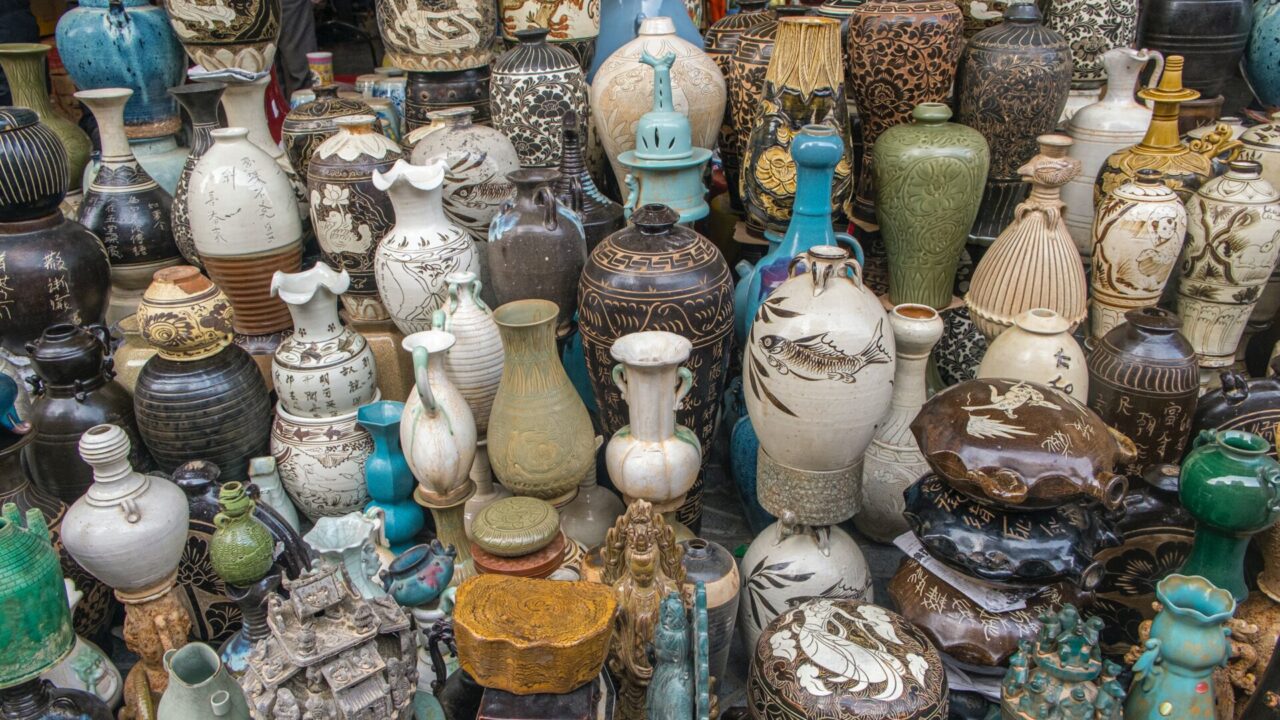Japan, a country rich in history, culture, and art, offers a plethora of captivating experiences for visitors. One of these is the exciting world of antique markets. Discovering unique, historical treasures while immersing oneself in the local culture is an experience like no other. As such, we will explore these vibrant hubs of cultural exchange in our guide to Japanese Antique Markets.
1. Understanding the Appeal of Japanese Antique Markets
Japanese Antique Markets are a microcosm of Japan’s rich history and diverse culture. They offer a wide range of items, from vintage kimonos and ceramics to old coins and furniture. The charm of these markets lies in their unpredictability; you never know what hidden gems you might stumble upon. Furthermore, interacting with the sellers, each with a wealth of stories to share, is a cultural experience in itself.
2. Preparing for Your Antique Market Adventure
Before embarking on your antique market adventure, preparation is key. Dress comfortably, as you’ll be spending a lot of time on your feet, exploring various stalls. Cash is king in these markets, so ensure you have enough to cover potential purchases. Learn some basic Japanese phrases to help with bargaining, as not all sellers may speak English. Lastly, remember that these markets usually start early in the morning and close by the afternoon.
3. Must-Visit Markets in Tokyo
Tokyo, Japan’s bustling capital, houses several renowned antique markets. The Oedo Antique Market, Japan’s largest outdoor antique market, offers a vast range of antiques and vintage items. Then there’s the Setagaya Boro-Ichi Market, a 400-year-old market that’s held twice a year. Not to forget the Heiwajima Antique Fair, an indoor event featuring over 280 dealers.
4. Discovering the Antique Markets of Kyoto
Kyoto, the old capital of Japan, is another city rich in antique markets. The Toji Temple Market, held on the 21st of every month, offers an array of antiques, food stalls, and even plants. Meanwhile, the Tenjin-san Flea Market at Kitano Tenmangu Shrine, held on the 25th of every month, is known for its antiques, second-hand items, and local snacks.
5. Etiquette at Japanese Antique Markets
Japanese people highly value respect and etiquette, and this extends to antique markets. Always ask permission before touching an item. If you’re interested in an item, it’s considered impolite to haggle aggressively. Instead, try to negotiate in a friendly, respectful manner. Also, remember to say “thank you” or “Arigatou” to the sellers.
6. Making the Most of Your Antique Market Experience
To make the most of your antique market experience, be open and take your time. Antique hunting is about the journey, not just the destination. Engage with sellers to learn about the history and stories behind the items. Don’t rush – take time to appreciate the craftsmanship and detail in each item. Lastly, always remember that the goal is to enjoy the experience and maybe, just maybe, find a treasure that speaks to you.
Conclusion
Japanese Antique Markets offer a unique journey into the heart of Japan’s culture and history. They are not just places to shop but hubs for cultural exchange and learning. So, on your next trip to Japan, don’t forget to include these markets in your itinerary, and enjoy the unforgettable experience of unearthing cultural treasures.





